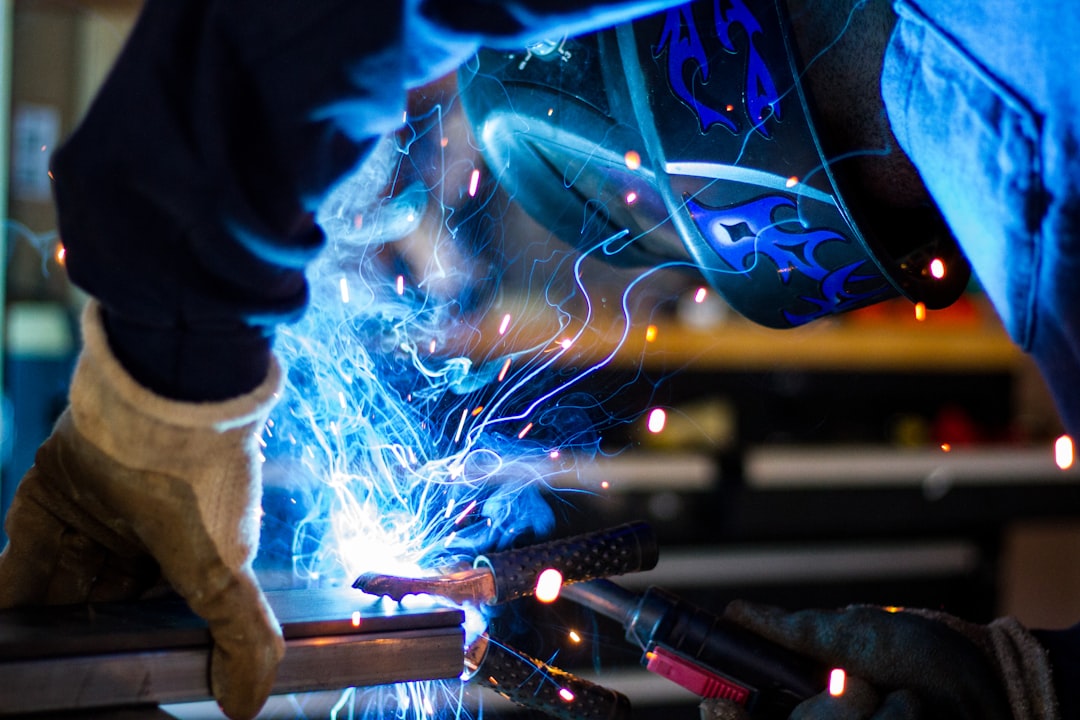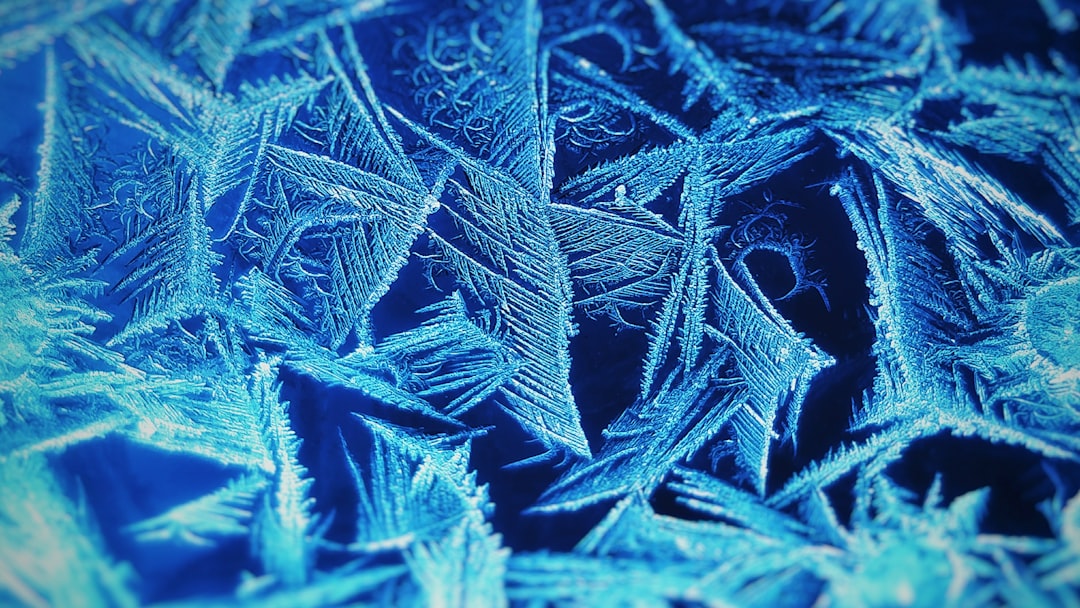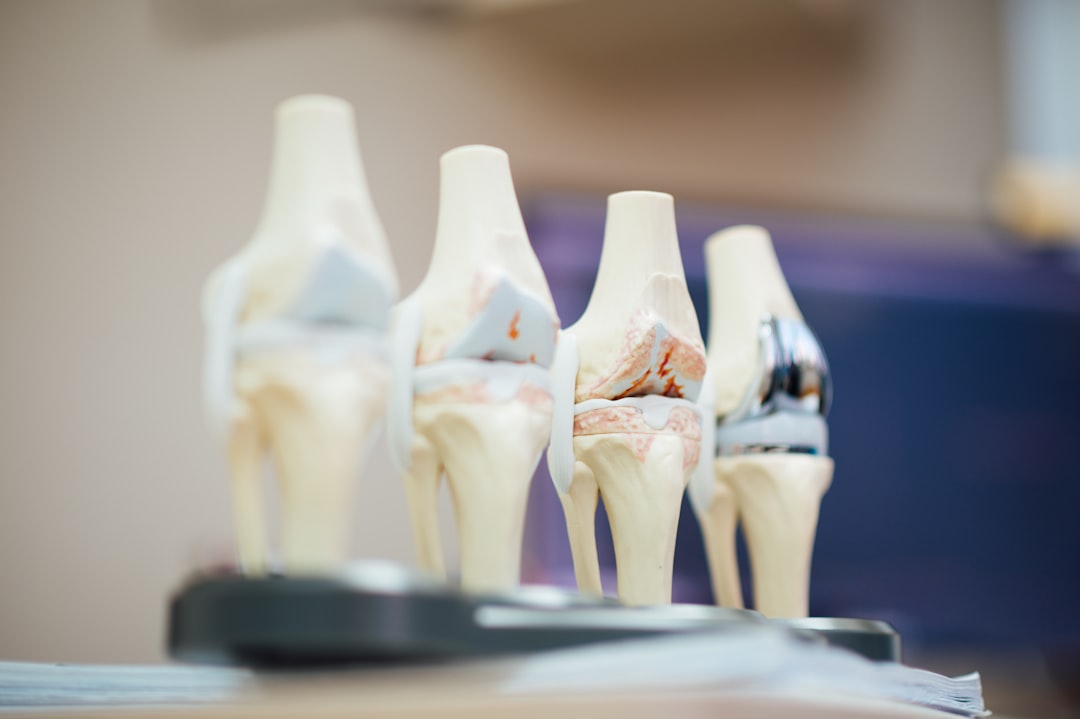What is it about?
In this paper, we present the crystal structure of proplasmesin IV from Plasmodium falciparum (pPM IV) and compare it with the structures of the mature enzyme and the proplasmepsins, previously studied, pPvPM, pPM II and pHAP.
Featured Image
Why is it important?
The malaria parasite continues to be one of the leading causes of death in many developing countries. pPM IV has a higher sequence homology to proplasmepsin from Plasmodium vivax (72%) than to the other two proplasmepsins from Plasmodium falciparum, pPM II (64%) and to pHAP (59%), showing that the zymogens pPM IV and pPvPM have greater structural similarity. Structural studies of the similarities and differences between the structure of pPM IV and the structures of its mature enzyme and of the other proplasmepsins will provide more information about the inactivation mechanism by the propeptide and insight for future drug design.
Perspectives
The study of the proplasmepsin IV has contributed to have more information about the inactive state of these enzymes that are responsible for malaria. As a structural biologist it has been very interesting to know more about the plasticity and the dynamics of these enzymes that activate themselves through a structural rearrangement. Avoiding this activation could be another way to tackle this rare disease.
Dr Rosario Recacha
University of Oulu
Read the Original
This page is a summary of: Crystal structure ofPlasmodium falciparumproplasmepsin IV: the plasticity of proplasmepsins, Acta Crystallographica Section F Structural Biology Communications, August 2016, International Union of Crystallography,
DOI: 10.1107/s2053230x16011663.
You can read the full text:
Contributors
The following have contributed to this page










